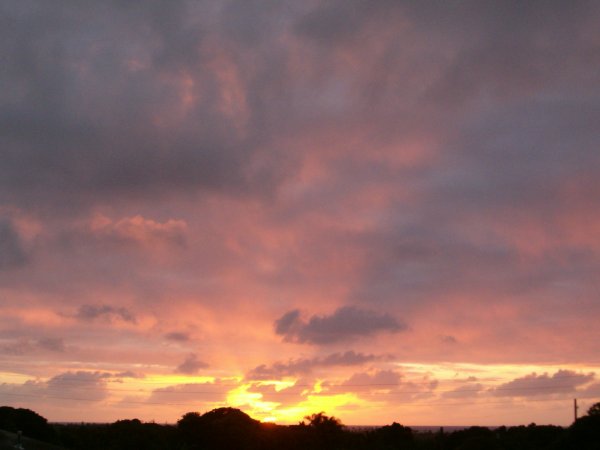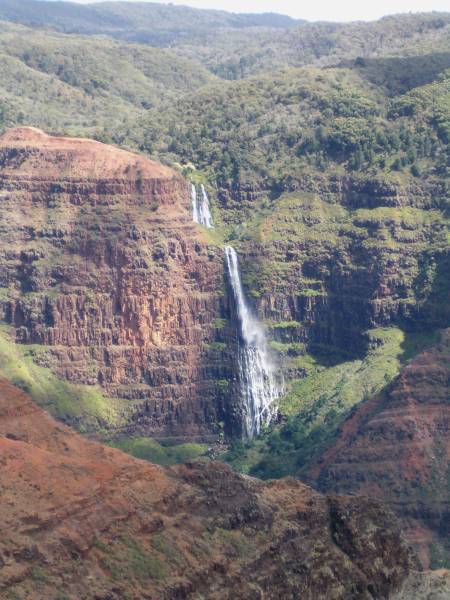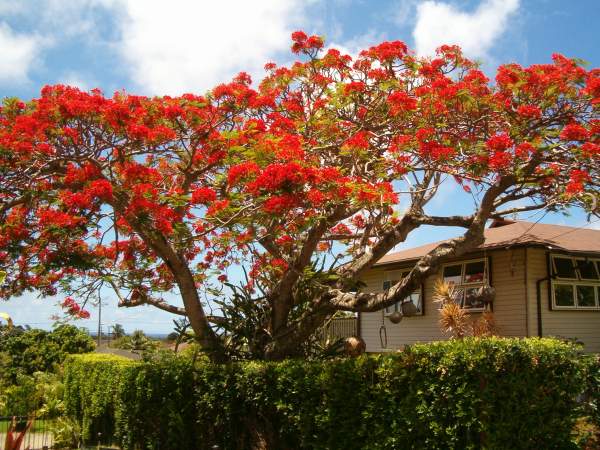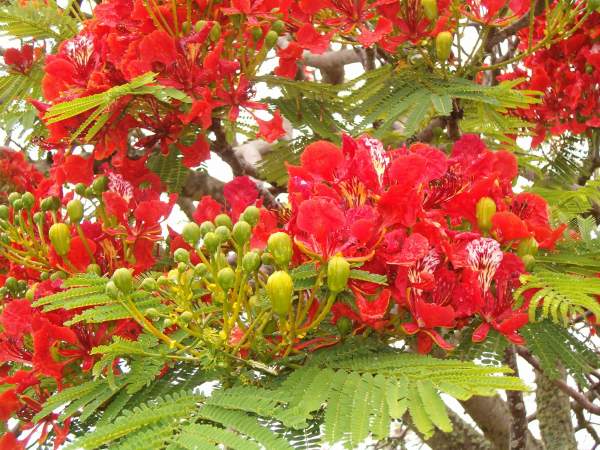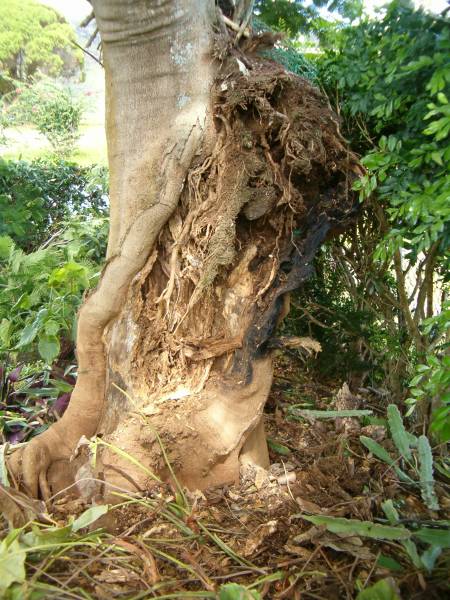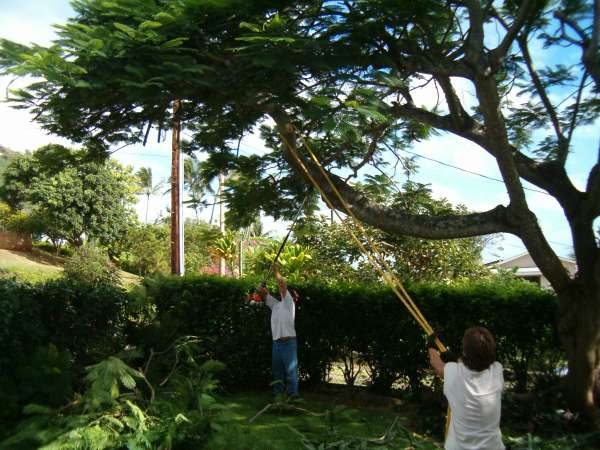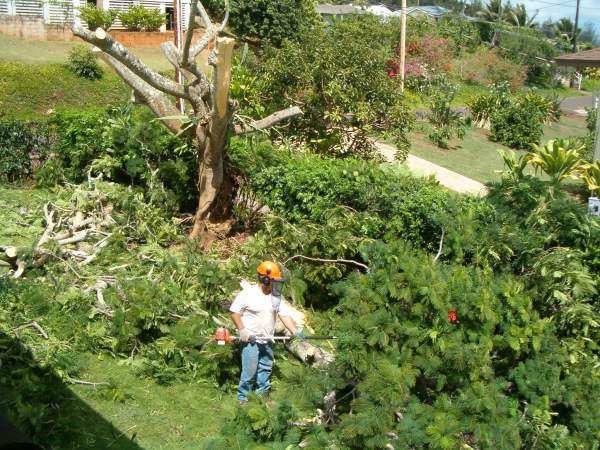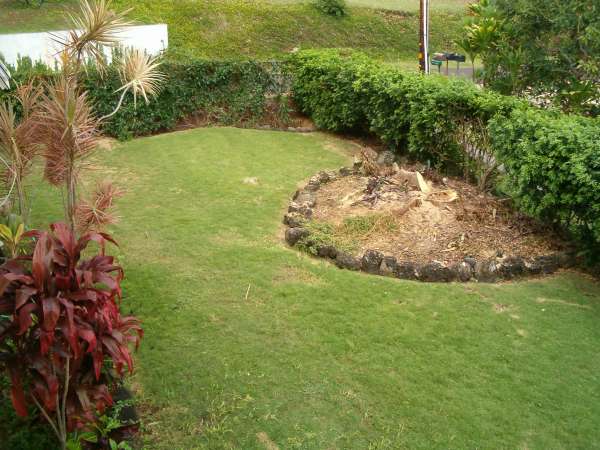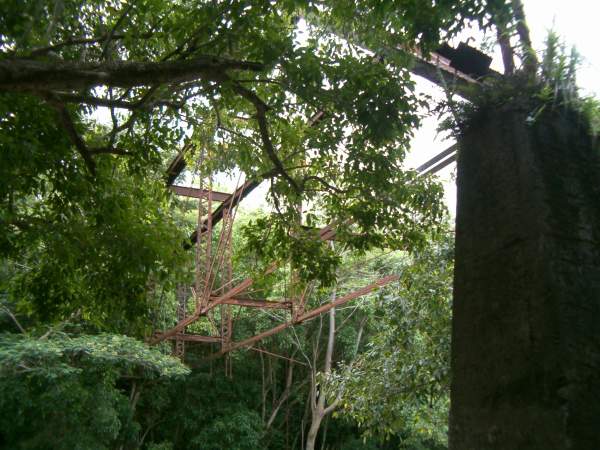Here in Hawaii, the US holiday of Columbus Day (the second Monday of October) is called Discoverer’s Day, to commemorate the landfalls of many peoples in Hawaii. After many waves of Polynesian migration, the British Captain James Cook was the first recorded westerner to sight the islands and land here (the actual date was January 20, 1778). He first came ashore and met the inhabitants at the mouth of the Waimea River on the west side of Kauai. Understandably, it is also a time of protest by the kanaka maoli, those of indigenous ancestry, who feel they have been disposessed by the westerners since then.
Coincidentally, we had stopped at the landing site last Saturday, on the way back from our day in Kokee. The plaque marking the spot has been partially toppled by waves, and the local beach-goers have adopted western vehicles:
The plaque reads:
|
This site has been designated a Under the provisions of the US Department of the Interior 1963 Graffitti: Killer Dog (bis), [unreadable], Help |
To get there, or to find the most convenient public restrooms in Waimea town, take the first left after crossing the river as you arrive in town from the east. The restrooms are in Lucy Wright Park, which is also a reservable campground, and the plaque is on the beach beyond.
There is also a statue of Captain Cook in a little park in the center of Waimea town, but I didn’t get a picture of it. It is interesting to note that both Australia and New Zealand have preserved Cook’s landing sites in their respective countries as well.






